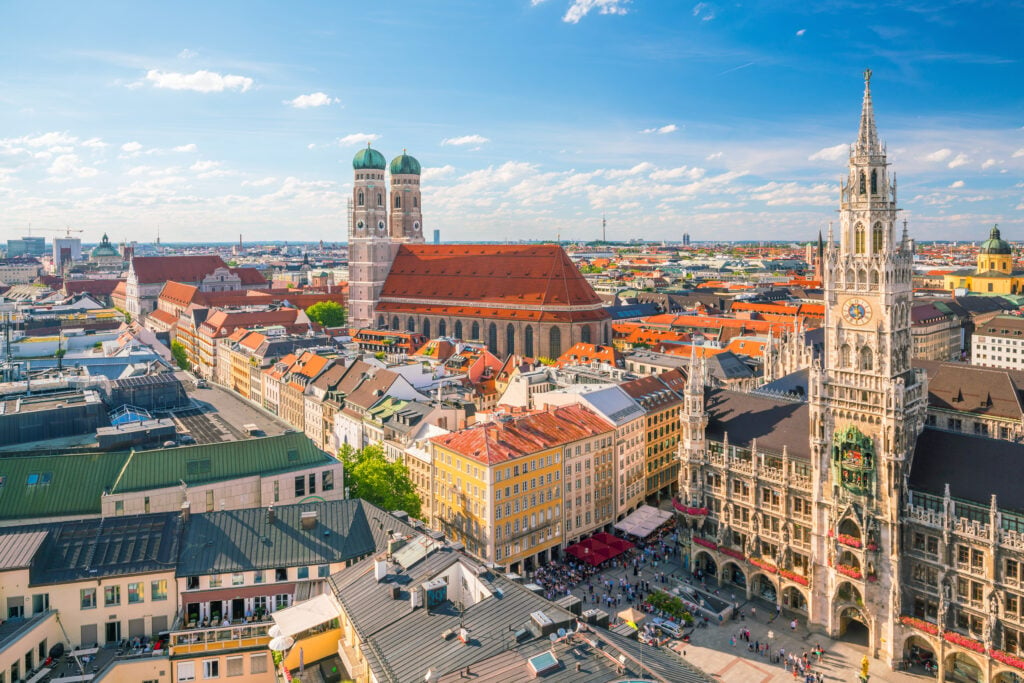
Munich, the Bavarian capital, offers its visitors a host of surprises. The museum district and its many galleries will delight art lovers. The Altstadt offers walkers the city's most beautiful and imposing buildings, with a bratwurst in the left hand and a mug of beer in the right. Nature lovers will be delighted by the Englischer Garten, and the banks of the River Isar, where Munichers gather at weekends, are a walker's delight. And when the evening comes, Müllerstrasse is the place to be for mugs of beer, while Maximilianplatz attracts night owls with its many nightclubs. While the city can be visited all year round, it's one of the top destinations for autumn, and a must for Christmas in Germany.
1. Marienplatz and the new town hall
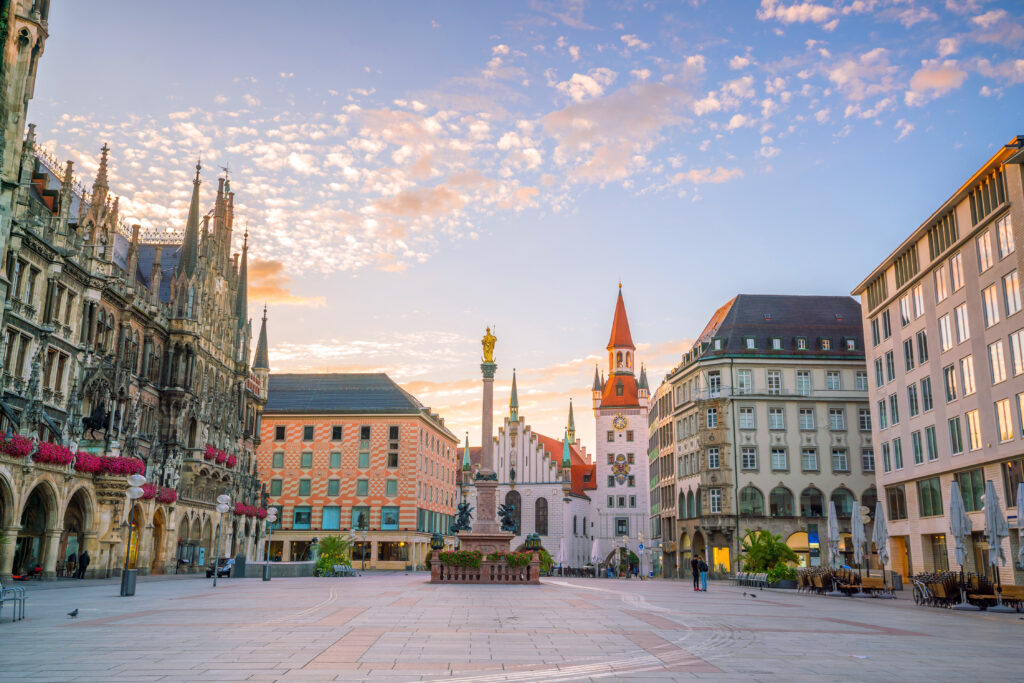
Marienplatz is the nerve center of the Bavarian capital. From here, the whole of Munich can be reached in less than 20 minutes on foot. An inescapable crossroads in the heart of the Altstadt (Old Town), this pedestrian square (whose subway station resembles an underground museum) is passed, passed and passed again, with the Mariensäule (Mary's Column) at its center, erected in 1638 to celebrate the end of the Swedish occupation at the end of the Thirty Years' War. Since then, café terraces have sprung up all around the square cobblestones, and Marienplatz has become an ideal place to enjoy a hot coffee or a cold beer. The square is dominated by the neo-Gothic New Town Hall (Neues Rathaus), completed in the early 20th century under the direction of architect Georg Hauberrisser. The view of Munich from the top is magnificent. Not to be missed! And don't miss the carillon, made up of little figurines that come to life two or three times a day, depending on the season.
Would you like to visit Munich on a multi-stop busthat will take you to all the city's must-see places? Click here to make a reservation!
2. What to do in Munich See Nymphenburg Palace
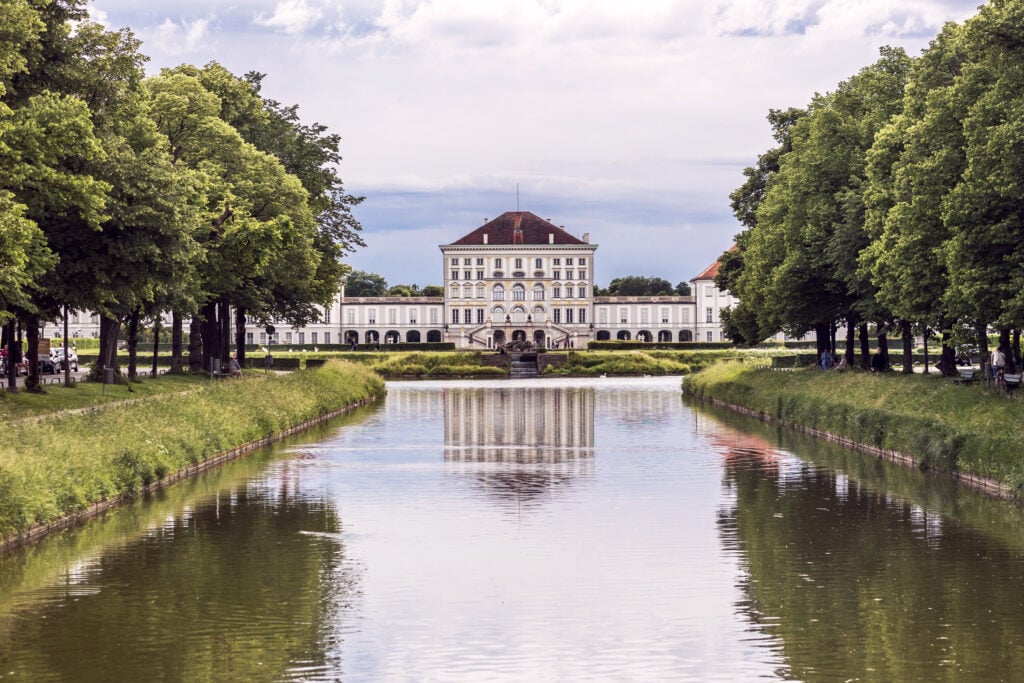
Located about half an hour from Munich's main railway station, Nymphenburg Palace is a pristine white Baroque ensemble commissioned in 1662 by Prince Ferdinand-Marie of Bavaria to celebrate the birth of his son Maximilian-Emmanuel. The foundation stone was laid two years later to designs by Italian architect Agostino Barelli. By 1679, the central pavilion and its outbuildings were nearing completion, when Maximilian II Emmanuel of Bavaria decided to extend the palace with two new square pavilions on either side of the existing building. And it wasn't until 1730 that the castle as we know it today was finally completed. But Nymphenburg is more than just stone. It's also a grandiose park, strongly reminiscent of our national Versailles. For the best possible visit, we advise you to visit the castle in the late morning, so that you can enjoy a relaxing stroll through the park in the afternoon. Click here to book your guided tour of Nymphenburg Palace!
3. The Glyptothek
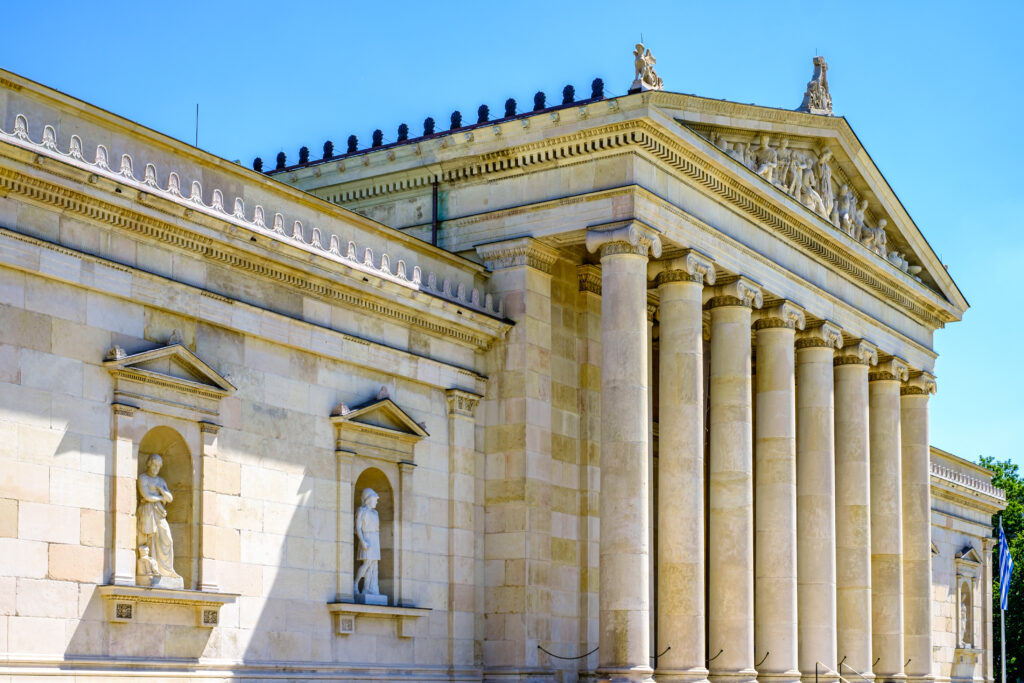
The Glyptothek is the city's oldest museum, the first in Europe to open its doors to the public, and the only one in the world to deal exclusively with ancient sculpture. The building, which owes its origins to the desire of King Ludwig I of Bavaria to collect Greek and Roman sculptures, can be seen from afar on Königsplatz, with its imposing entrance in typical antique style. Built in 1830, the building was seriously damaged by Allied bombing during the Second World War. It was not reopened to the public until 1972. The first museum in the district, it also exhibits the oldest works, some of which date back to the 6th century BC. The tour then takes in over a thousand years of history, right up to the end of Late Antiquity (1st to 5th centuries AD).
Immerse yourself in Munich's history and discover the city and its works of art on this guided tour of the city's architecture, monuments, palaces, museums and churches!
4. Pinacotheques
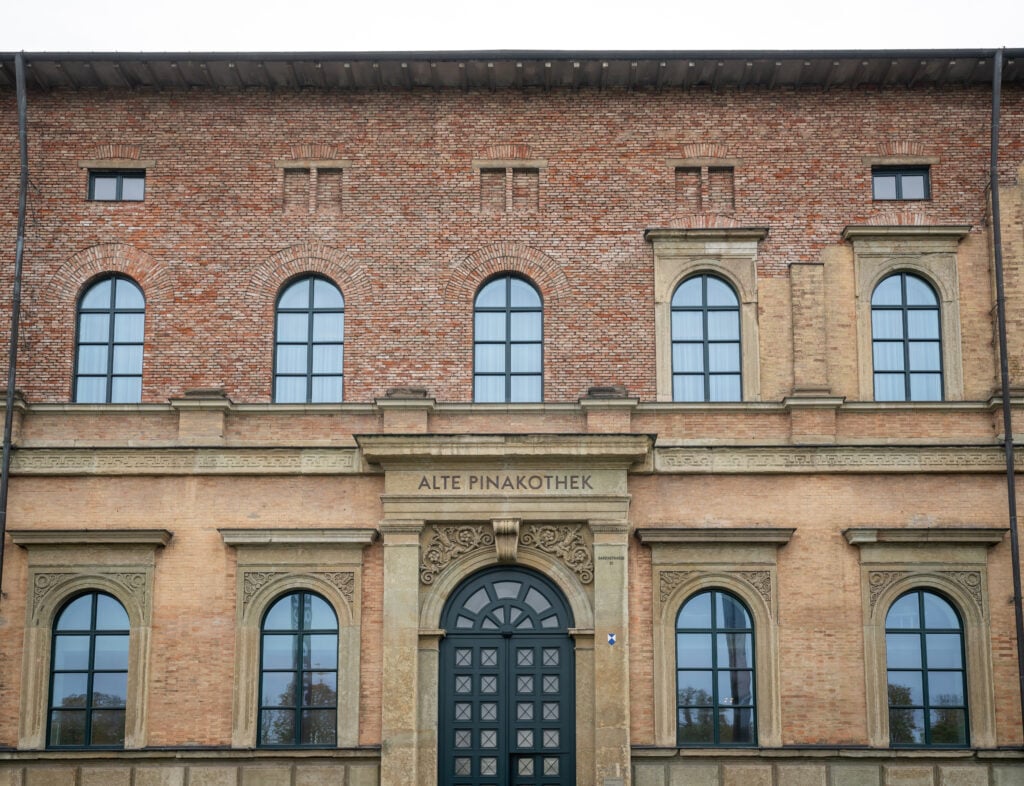
On either side of Theresienstrasse, the old Pinakothek(Alte Pinakothek) and the new Pinakothek (Neue Pinakothek) proudly face each other, surrounded by greenery. The Pinakothek der Moderne (modern art gallery), the latest addition to the Pinakothek, is just around the corner. In all, this museum complex exhibits thousands of works ranging from the Middle Ages to the present day. A full day at the Pinakothek is therefore not too much to enjoy. The old Pinacothèque revisits a large part of pictorial history from the 14th to the 18th century. The Nouvelle Pinacothèque presents almost 3,000 works, from Goya to Picasso, including Renoir, Manet, Monet, Cézanne and van Gogh. Finally, the Pinacothèque d'art moderne is actually four museums: painting, architecture, graphics and design of the 20th and 21st centuries. These include world-famous artists such as Picasso, Matisse, Braque, Miró, Magritte, Dalí, Bacon and Warhol.
5. What to do in Munich Visit the Residenz Museum
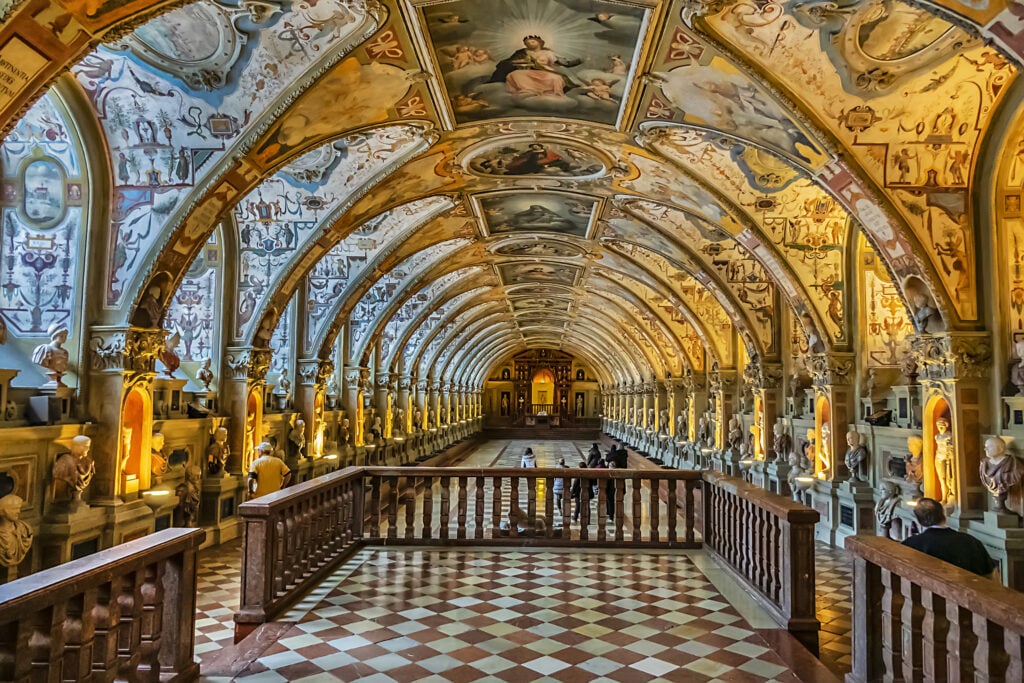
This immense Residenz, also known as the "Munich Residence" in French, was the center of power and home to Bavaria's rulers from the 16th century until 1918, marking the end of the war and the decline of the all-powerful Wittelsbach dynasty. Initially more modest, it was constantly enlarged and embellished by the dynasty's rulers, hence the diversity of architectural styles present in the palace such as Renaissance, Baroque, Rococo and Neoclassicism. Today, the Residenz Museum is one of the city's main attractions, offering a captivating insight into the history of Bavaria and the House of Wittelsbach through a tour of its various rooms. Looking for a unique experience during your stay in Munich? Attend a classical concert in the Hofkapelle, where Mozart himself used to play, then enjoy dinner by booking right here!
6. Englischer Garten, the English Garden
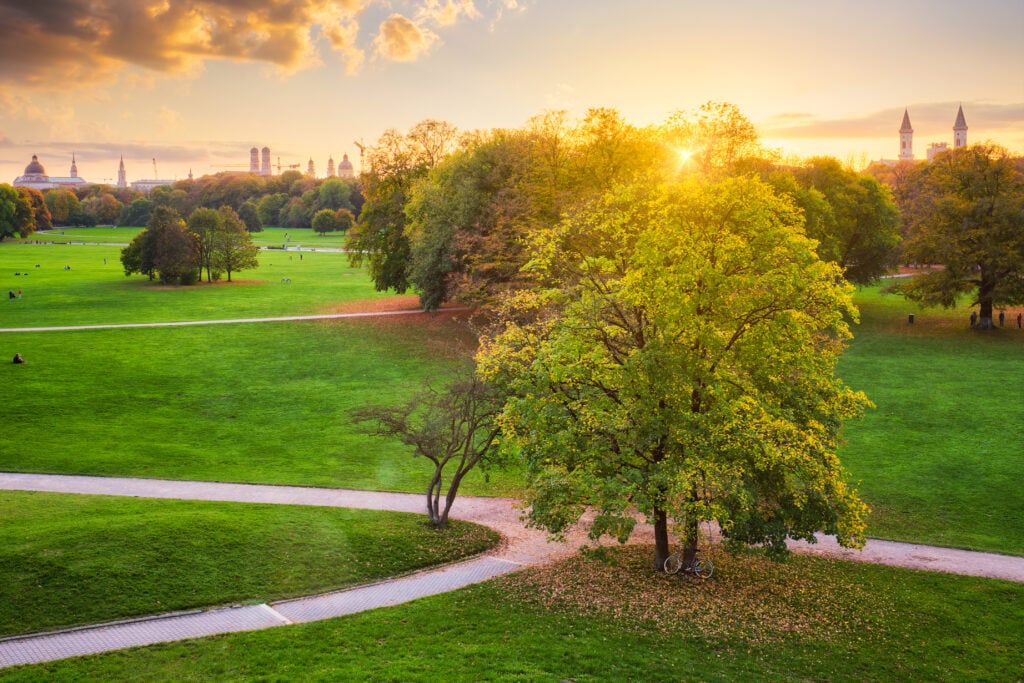
Munich'sEnglischer Garten, the English Garden,is the green lung of the Bavarian capital and certainly the most pleasant place to be in summer. This green setting is one of the city's symbols! Even larger than New York's legendary Central Park, the garden stretches for over 6 km along the Isar and covers a total of 375 hectares. Large lawns welcome families and groups of friends who come to enjoy the sunshine, and a number of curiosities enhance the stroll, such as the Japanese tea room, the Prinzregentenstraße bridge (a surfers' haunt!), the Monopteros (a small temple), the Chinesischer Turm, a biergarten...
7. What to do in Munich Stroll alongthe banks of the Isar River
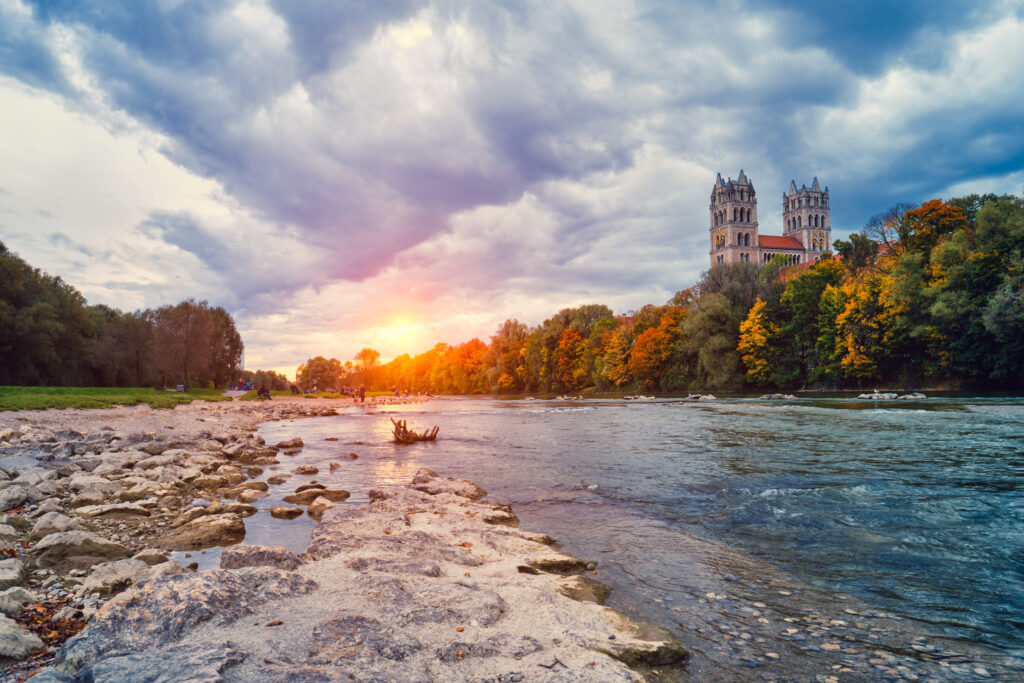
For centuries, this tributary of the Danube flowed - or rather, flowed - through the city like a deadly torrent. Disciplined upstream by canals feeding sawmills and mills in the 19thcentury , the Isar had become a river of industrial and energy use. It was only recently that the city of Munich undertook to "renaturalize" the banks of the Isar and return them to the local population. The cement sarcophaguses have been replaced by long beaches, which today delight Munich residents and travellers alike. As soon as the warm weather arrives, the Isar is swarming with families and groups of friends in search of a refreshing drink, or simply to get together over a fire and a good beer (Bavarian, of course).
8. The Deutsches Museum
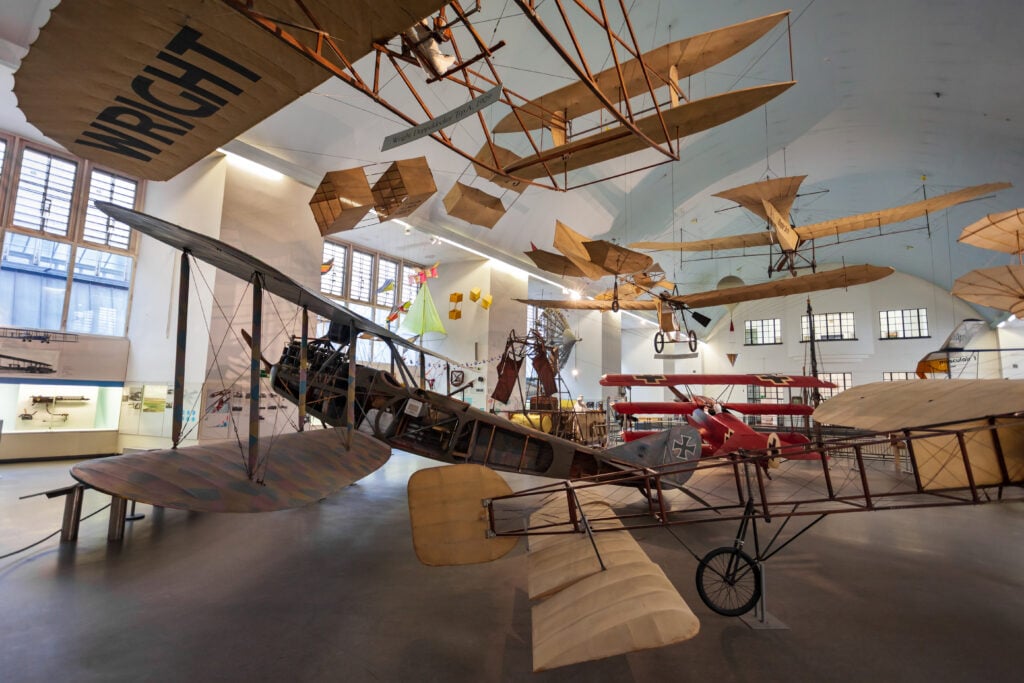
With an impressive surface area of 50,000 m² and a collection of 17,000 exhibits, the Deutsches Museum attracts a huge number of visitors every year to the Haidhausen district, one of Munich's must-visit areas. Founded in 1903 by Oskar von Miller, this museum is devoted entirely to the natural and technical sciences, offering a variety of objects, with aircraft occupying a prominent place. It also presents itself as an interactive learning center, offering children and adults alike the opportunity to satisfy their thirst for knowledge through listening, observing, touching, testing and experimenting. The museum's structure is divided into several sections. The first, "Natural Sciences", offers a comprehensive overview of the different sciences, from nanotechnology to astronomy. Next, the "Materials, Energy and Production" department traces the history of energy, from mining to renewable energies. The "Communication" department explores the evolution of communication from the first paintings in prehistoric caves to computers. Finally, the "Transport" department completes the experience.
9. The Frauenkirche, Notre-Dame Cathedral
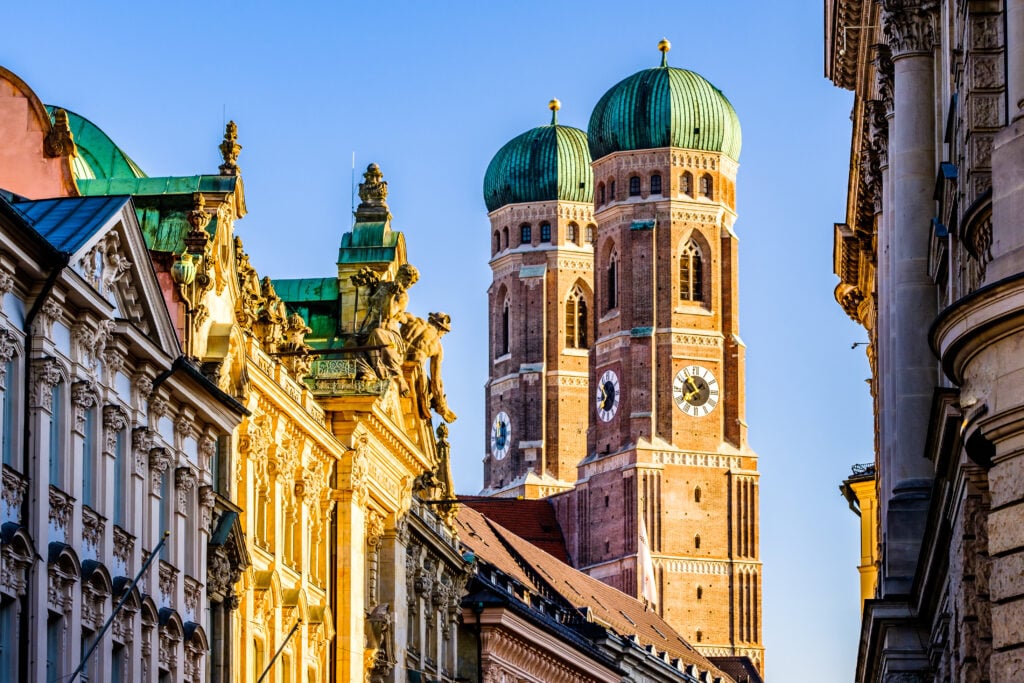
Together with the Theatinerkirche, this is one of the two most remarkable religious buildings in the city and even the region. The Frauenkirche, the Cathedral of Our Lady, is Munich's largest Catholic church. It is also one of the city's historic landmarks, along with the New Town Hall. Built in the 15th century at the behest of Duke Sigismund, the cathedral is clad entirely in red brick, offering its faithful and visitors alike a spacious setting. The south tower offers a sublime panorama of Munich and the beginning of the Alps.
10. Theatinerkirche (Theatres' Church)
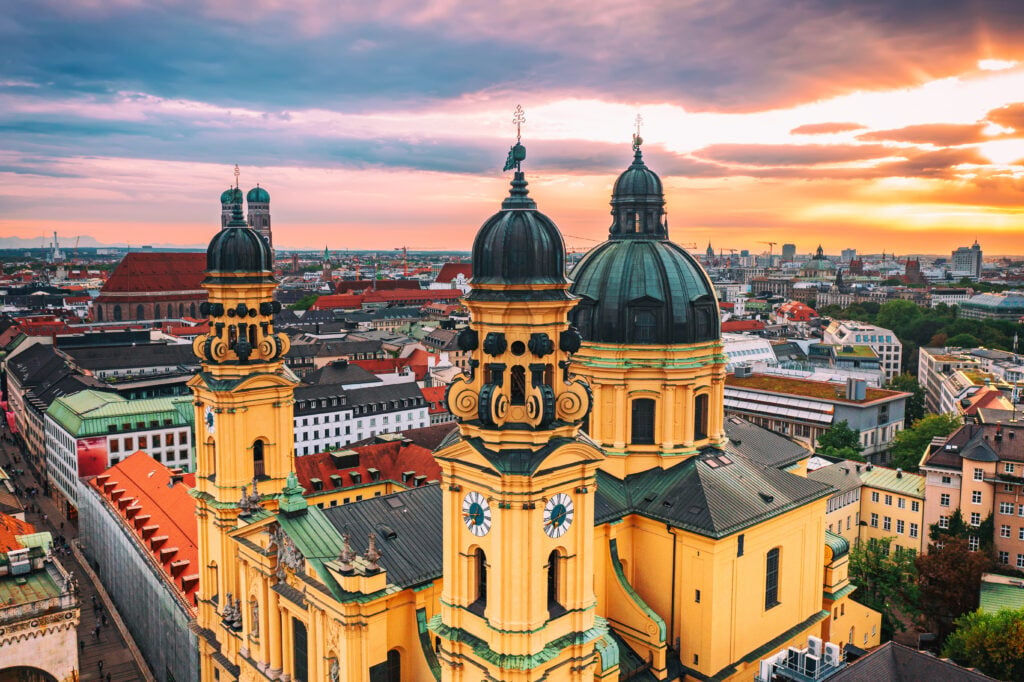
Just a few hundred meters from the Frauenkirche inthe Old Town, the Theatinerkirche, with its imposing yellow facade in the early afternoon sun, sits majestically on the Odeonsplatz. Built in Baroque style from 1663 onwards, the church was actually completed in the second half of the 19th century. Today, it is known as the principal necropolis of the Wittelsbach family, with the tombs of Ferdinand-Marie and Maximilian-Emmanuel of Bavaria among others. In contrast to its larger sister, its restoration after the Allied bombing was fairly rapid, with the church reopening to the public as early as 1955.
11. What to do in Munich Visit the Olympiapark
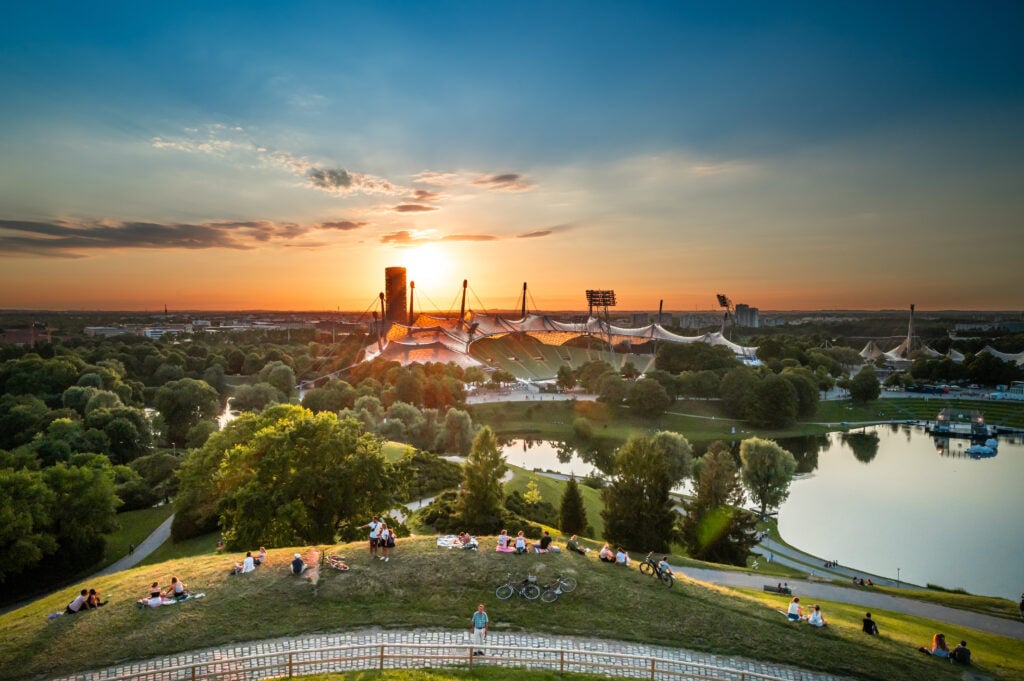
TheOlympiapark, Munich's Olympic Park, is a shining example of the successful conversion of Olympic facilities. Inspired by the rolling landscape of the Alpine foothills, the large park can be explored on foot or by bicycle. It continues to host major cultural and sporting events all year round, attracting tens of thousands of visitors. It's a green and lively place. The architecture of the sports facilities continues to look futuristic more than fifty years on. The complex formed by the Olympiastadion (Olympic stadium), the Olympiahalle and the Olympiaschwimmhalle (Olympic swimming pool) is breathtaking! Their glass roofs are stretched by cables, giving them the appearance of modern tents or marquees. A real tour de force. The 291-metre-high Olympiaturm (Olympic Tower) offers spectacular views across the city to the Alpine peaks.
12. Hofbräuhaus brewery
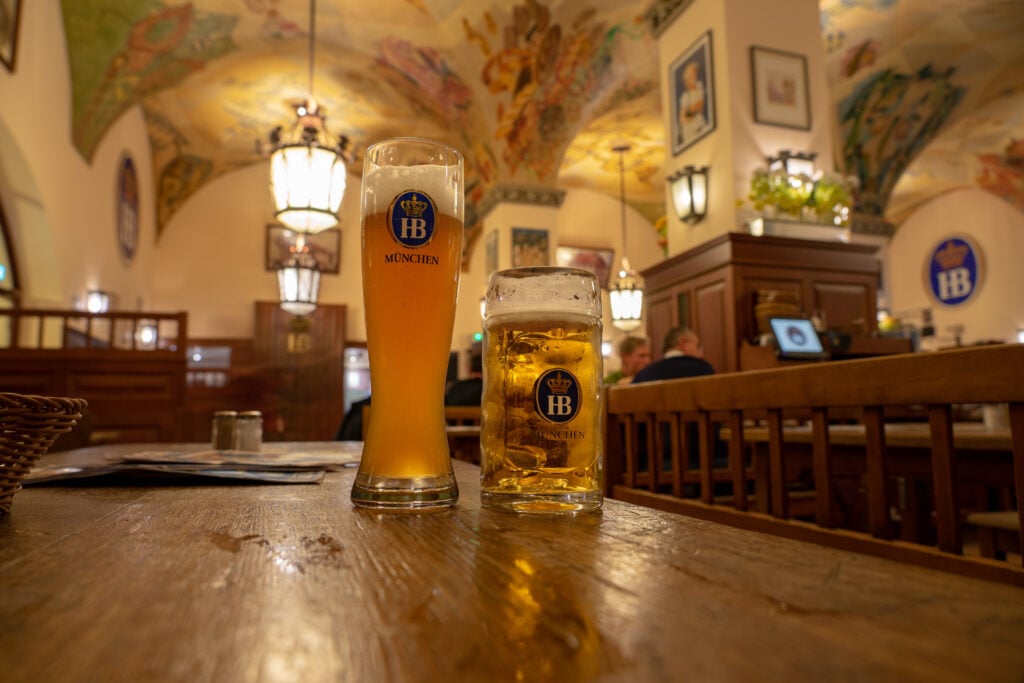
It's unthinkable to visit Munich without enjoying a mug of beer in one of the countless traditional breweries. And if you have to choose just one, you might as well go to the Hofbräuhaus, quite simply the largest in town, where over 5,000 people can gather to enjoy Munich's favorite beverage and a few Bavarian culinary specialties. Open to the public since 1828 (the beer of the same name has been around since the late 16th century), the brewery is such a success that it is now one of Munich's most visited buildings. The brewery is also infamous for having hosted Adolf Hitler's first major rally in February 1920.
Visit Germany's oldest commercial brewery on this guided tour , where you'll learn about the city's legendary brewing history and visit the famous Hofbräuhaus.
13. Oktoberfest on Theresienwiese

Theresienwiese is the annual rendezvous for hop lovers with the world-famous Oktoberfest, undoubtedly one of the 10 best European events to attend at least once in your life! Every year, for two weeks between late September and early October, this gigantic esplanade is transformed into a mug theme park. Numerous wooden huts are erected in just a few days to accommodate enormous breweries, where the atmosphere is always hot: the beer flows freely (which never fails to uninhibit the room), chickens and other pigs' knuckles waltz around the tables to the rhythm of the waitresses who stroll like tightrope walkers to avoid dropping anything, and large tables (usually very male) get up to sing... not always to the beat this time! Here are our 4 tips for a successful party.
14. What to do in Munich Visit the BMW Museum
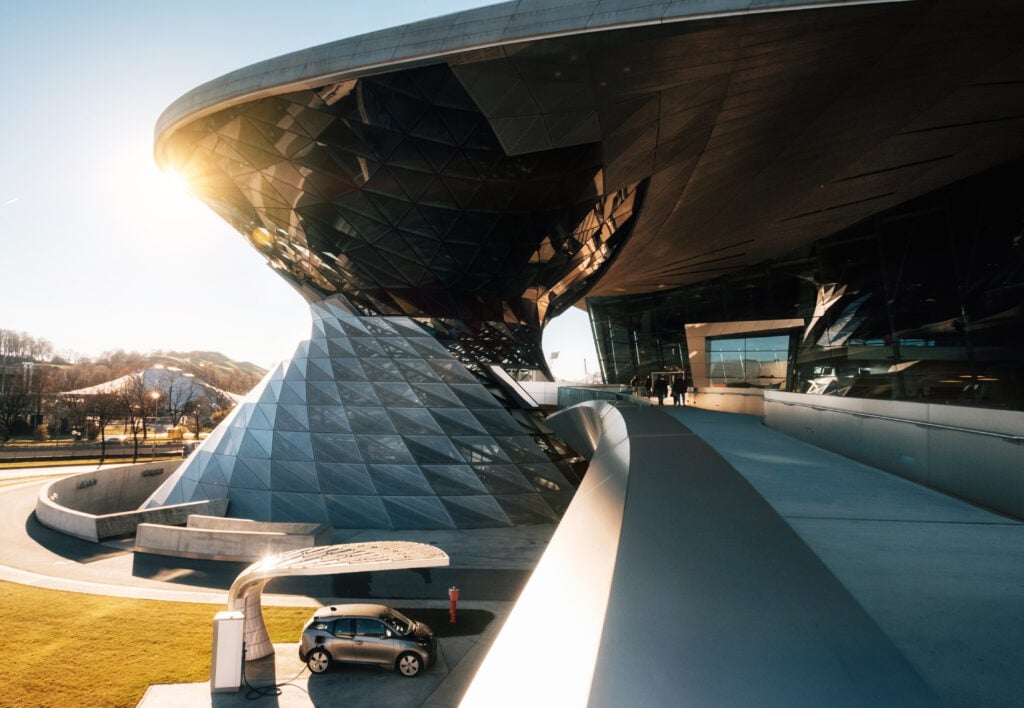
The BMW Museum (Bayerische Motoren Werke) is located not far from the Olympiapark, in a building nicknamed the Weisswurstkessel, which roughly translates as "sausage pot". Visitors will discover numerous models of the famous Bavarian brand, as well as experimental models that were never realized, aircraft and motorcycles, all on display over 5,000 m2. One of the finest pieces in the collection is certainly the original car from the 1997 James Bond film Tomorrow Never Dies. Fans of the spy saga will be in heaven! But there's more to the visit than just the vehicles. In the various areas of the permanent exhibition, you can also discover a wealth of information on different themes: company history, design, mechanics, vehicle design...
15. Viktualienmarkt
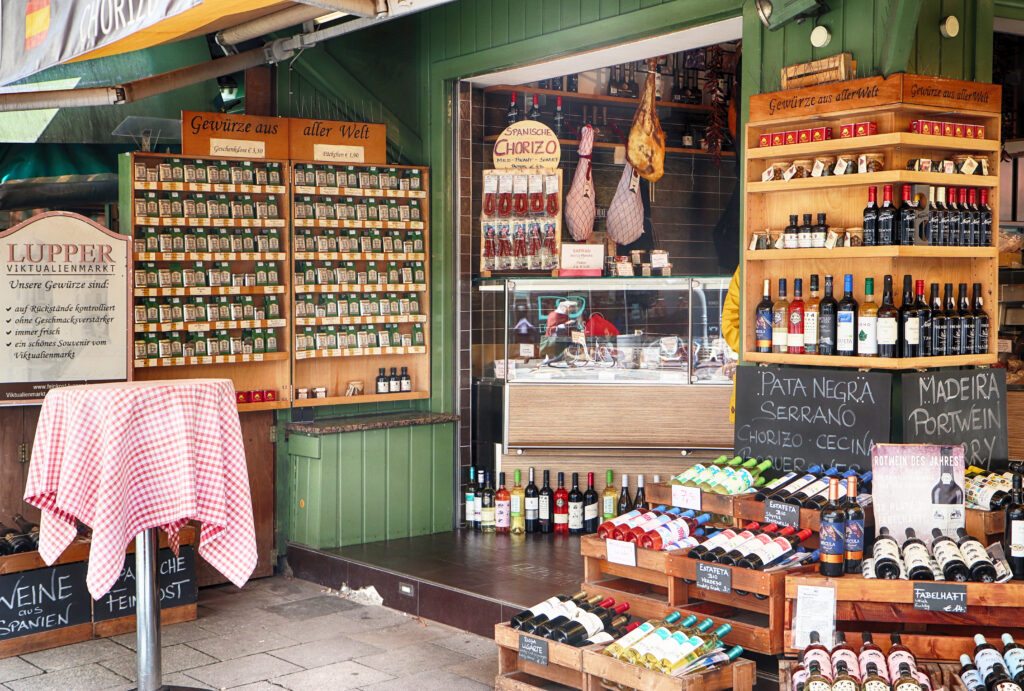
The Viktualienmarkt dates back to 1807, when the Marienplatz proved too small to accommodate the farmers' market. The small stalls offer an impressive variety of products: wines, fruit and vegetables, flowers, honey, charcuterie, squeezed fruit juices and much more! At the heart of the square, a number of refreshment stands keep the market bustling with activity. Throughout the year, various events punctuate the life of this square, such as the celebrity weigh-in, the opening of the asparagus season, Gardeners' Day, the women's dance on Shrove Tuesday, and many more. A must-see!
Take a guided tour of Munich's Viktualienmarkt and immerse yourself in the lively life of the market, discover the regional cuisine and taste its specialties by booking right here !
16. What to do in Munich? Shopping!
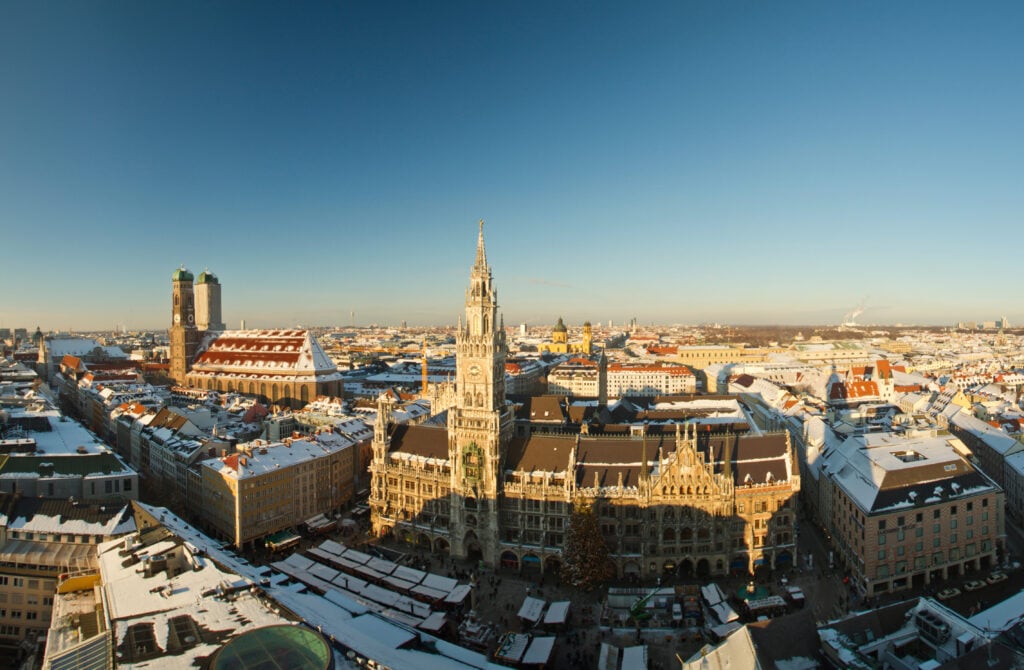
The Bavarian capital lends itself perfectly to window shopping, and is even one of the top 10 shopping destinations in Europe... From Karlsplatz, Neuhauserstrasse is the pedestrian shopping street par excellence. This is where most of the ready-to-wear stores are located. All the world's best-known brands can be found here. It's also home to the Christmas market in December. This can be the perfect opportunity to take home a delicious Bavarian gingerbread. To keep your taste buds happy, there's nothing better than a stroll through the Viktualienmarkt. Open every day and packed with stalls, this is the place to inhale Munich's delicacies. From cheeses and charcuterie to seafood and gingerbread, it's impossible to leave here empty-handed. A little further north, the Maximilianstrasse is a showcase for luxury boutiques. Couturiers share the windows with jewelers and stuffy restaurants.
17. Eat a doner kebab
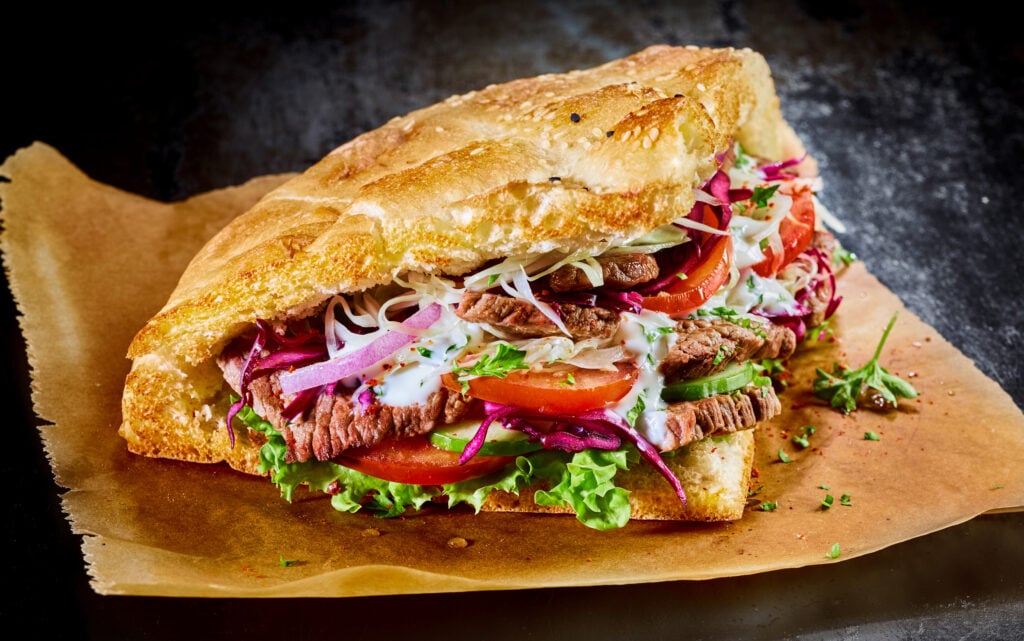
Here, the kebab is a veritable institution, almost on a par with sausages and pretzels. And no wonder: they're all (almost) to die for. The lightly spiced meat is grilled à la minute and served with salad, tomatoes, onions and... red cabbage. Another notable difference with France is that this hot sandwich is very rarely served with French fries, and there are too many sauces to choose from. It's white sauce and that's that. With more and more doner restaurants catering to vegetarians and vegans, there's really no reason not to be seduced by this sandwich, which has finally arrived in Germany in recent years. In Munich, the best Turkish restaurants are all located around the main railway station.
What to do in Munich in 2 days
Day 1: Spend the day wandering around the historic Old Town. Rallying point: Marienplatz and its carillon. Make the effort to climb to the top of St. Peter's Church for one of the best views of Munich, then stroll along the Viktualienmarkt for a quality pastry or bratwurst. Continue your stroll along Rosenstrasse, then Kaufingerstrasse, and finish your cultural tour at the Frauenkirche, the Gothic church. In the evening, dinner in a typical Bavarian brasserie at the Hofbraühaus.
Day 2. Spend part of the day at the new or old Pinakothek, or take a stroll towards the Residenz and Odeon square. In the afternoon, especially at weekends or during the vacations, don't hesitate to stroll through the Englische Garten and along the banks of the Isar, whose banks have been renaturalized over the past 10 years. This is where the heart of the city beats in summer.
What to do in Munich in the evening?
The Altstadt (Old Town) is very lively during the day, especially in summer and during the Oktoberfest (Oktoberfest) and Christmas market. The same applies to Schwabing, the self-proclaimed "student quarter", on weekdays, while activity is considerably reduced at weekends and during the vacations. In the evening, head for Isarvorstadt and the many nightclubs on and around Müllerstrasse . There's something for everyone, from beer on worn zinc to sophisticated cocktails sipped on lounge sofas. Munich is also a city of concerts. The Muffathalle welcomes live music fans to a former power station on the banks of the Isar. To round off the evening, there's only one address: Maximilianplatz. Here you'll find the most popular clubs, including the Bavarian version of Pacha, the famous party venue on the island of Ibiza.
Where to stay in Munich?
Youth hostels are mainly located around the Hauptbahnhof (main railway station). There are also numerous business hotels of varying degrees of luxury. The Altstadt (Old Town) is well endowed with charming hotels, and you'll also find luxury hotels in the city center and around the Ring.
- An affordable, family-friendly address: HOTEL EDER
A solemn atmosphere in this beautiful hotel, but the impression is deceptive: the staff will give you a warm welcome. A great address in Munich that you can book with your eyes shut right here!
- A charming address: the MOMA1890 BOUTIQUE HOTEL
This charming upmarket hotel, which you can book book right here features no fewer than 51 tastefully appointed, personalized rooms in the heart of Munich.
- Grand luxury: HOTEL BAYERISCHER HOF
This palace in the heart of Munich is one of the city's most luxurious establishments. Restaurant, bar, spa: it's got it all! Click here to bookyour stay.
What to do around Munich
Take atrip to Nymphenburg Palace, which is also accessible by streetcar and bus if you don't want to take the car. It's a must-see! You'll need to devote a good part of your day to it, especially in fine weather. A visit to the château is à la carte, and the bucolic stroll through the park is a must at the end of the visit. You can also have lunch or a picnic on the lawns.


